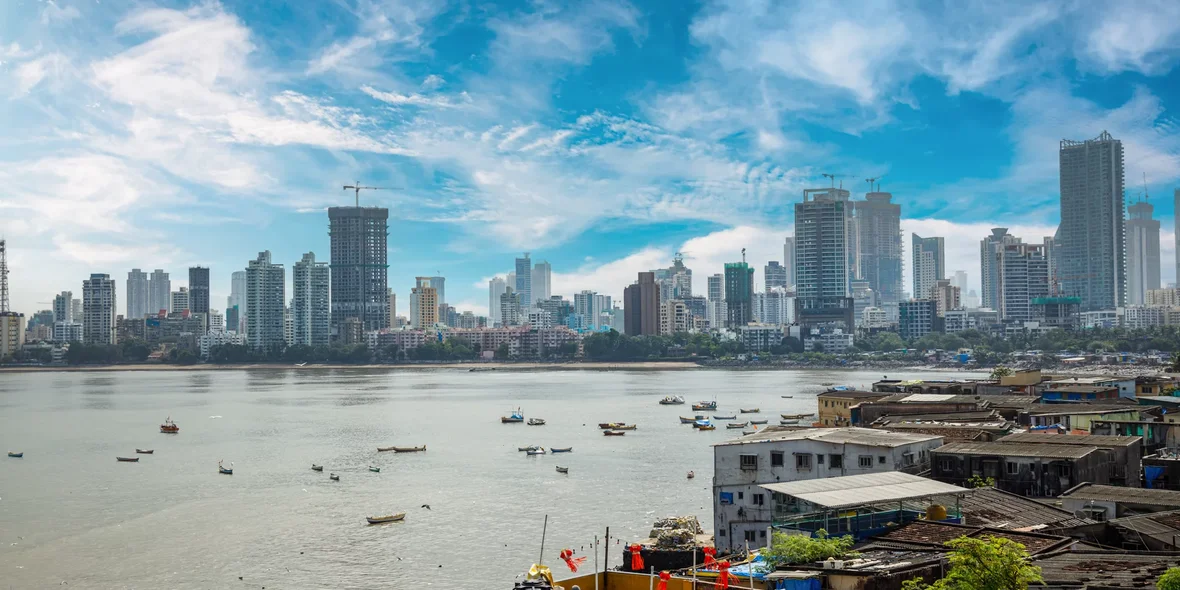
“I Would Compare Mumbai to New York.” Personal Experience of Living in the Most Contrasting City in India
When you look for information about Mumbai (before 1995 — Bombay), videos like “Real life in Mumbai”, “Expectations and reality” immediately appear. Maria told us about her experience of real life in Mumbai, as well as what amazed her when she moved and still amazes her, how the local real estate market works and, in general, life there.
I don't even understand how all of this can work together.
How I ended up in India
— My name is Maria, I'm 26 years old. I visited India for the first time in 2019, and moved to Mumbai a little over 2 years ago. It happened at the call of my heart, because I met my partner here, with whom I am still in a relationship. Therefore, I had to gradually integrate into this city and try to get used to it.
I have been teaching English offline and online for 10 years. Also, 1.5 years ago, already in Mumbai, I got another job — I am an artist manager, and now I have a wonderful artist whom I am promoting. Accordingly, I live this electronic nightlife of Mumbai and, in principle, of India.
And here I want to note that Mumbai is a very creative city. If you know English, it will be very easy to express yourself, be it in cinema, music, or any direction of art — here you can always find “your” community. Mumbai, in fact, is very much about the kind of people you surround yourself with. Although almost all big cities are like this.
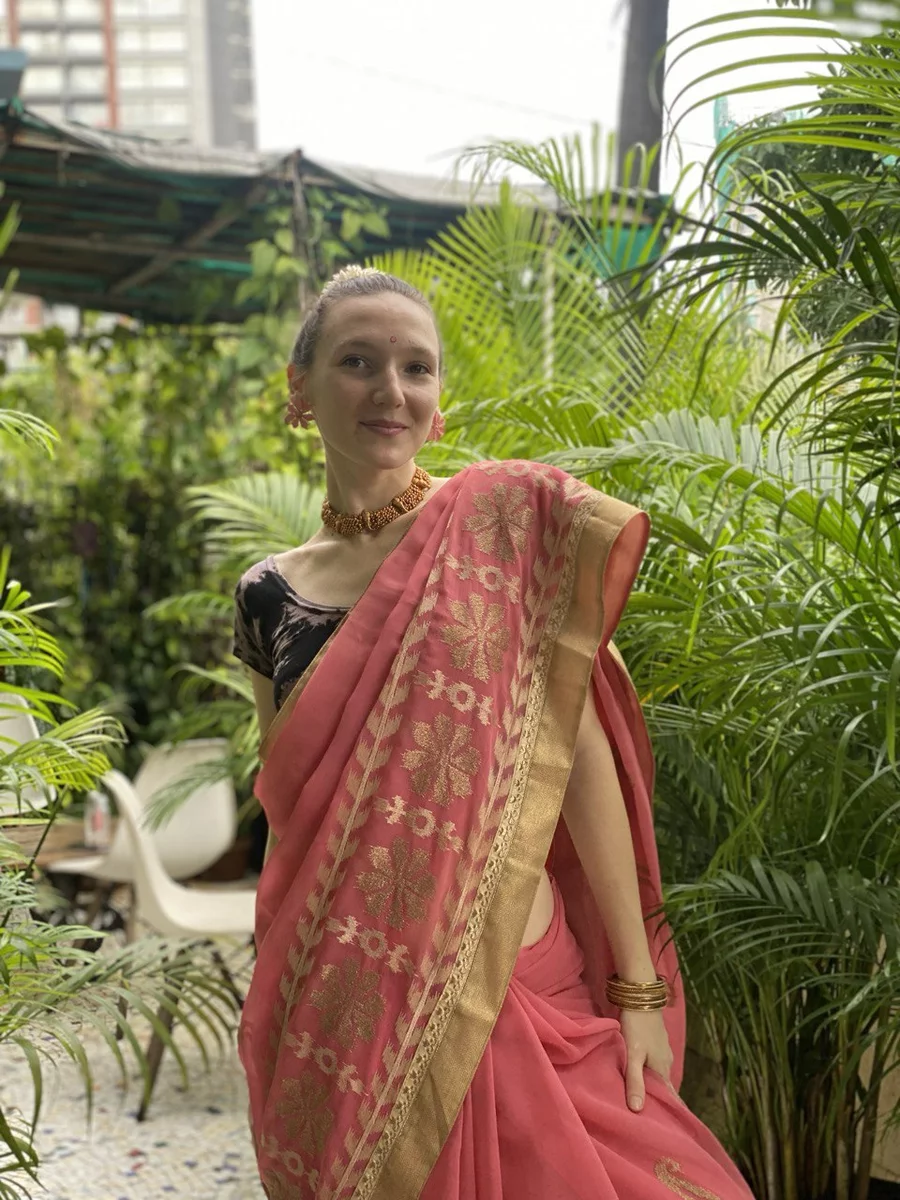

What amazed me when I moved
— When moving, I was amazed by everything: from the infrastructure to the lifestyle and mentality of the people. Changes occur here every day, which is primarily due to religious holidays — everything here is constantly decorated in different ways.
Mumbai is such a very subtle organism; I don't even understand how all of this can work together. There is literally chaos here: these rickshaws, buses, their surface metro. Every time you cross the road, you just hope that someone will stop – it's a constant game between life and death. You just need to walk, and slowly, that is, you need to feel the rhythm of the road.
Since we're on the topic of transport: I usually call Uber, because in the case of rickshaws, you can often get caught by taxi drivers who don't turn on the meter, and then the trip can cost not 40 rupees, but 400. This is especially true on weekends. It must be said that this practice applies to a greater extent to white people in India.
What else surprised me? I think that there is a sea, but you can’t swim in it. This is certainly one of the saddest parts of my life here because we live 10 minutes from the beach.
And of course, it’s amazing how dirty it is here — just terribly dirty. Of course, I would like to see more waste management here – there aren’t enough simple trash cans on the street, to be honest. But you can live if you try not to notice it. I always tell everyone to raise their heads and look a little higher than the horizon. That's how wonderful it is in Mumbai.
The city also lacks simple infrastructure: parks, alleys, paths for pedestrians and cyclists. And in general there are few places where you can walk — and if there is something, it’s all filled with people. That is, you need to run away somewhere (to south Goa, for example) in order to spend at least some time alone.
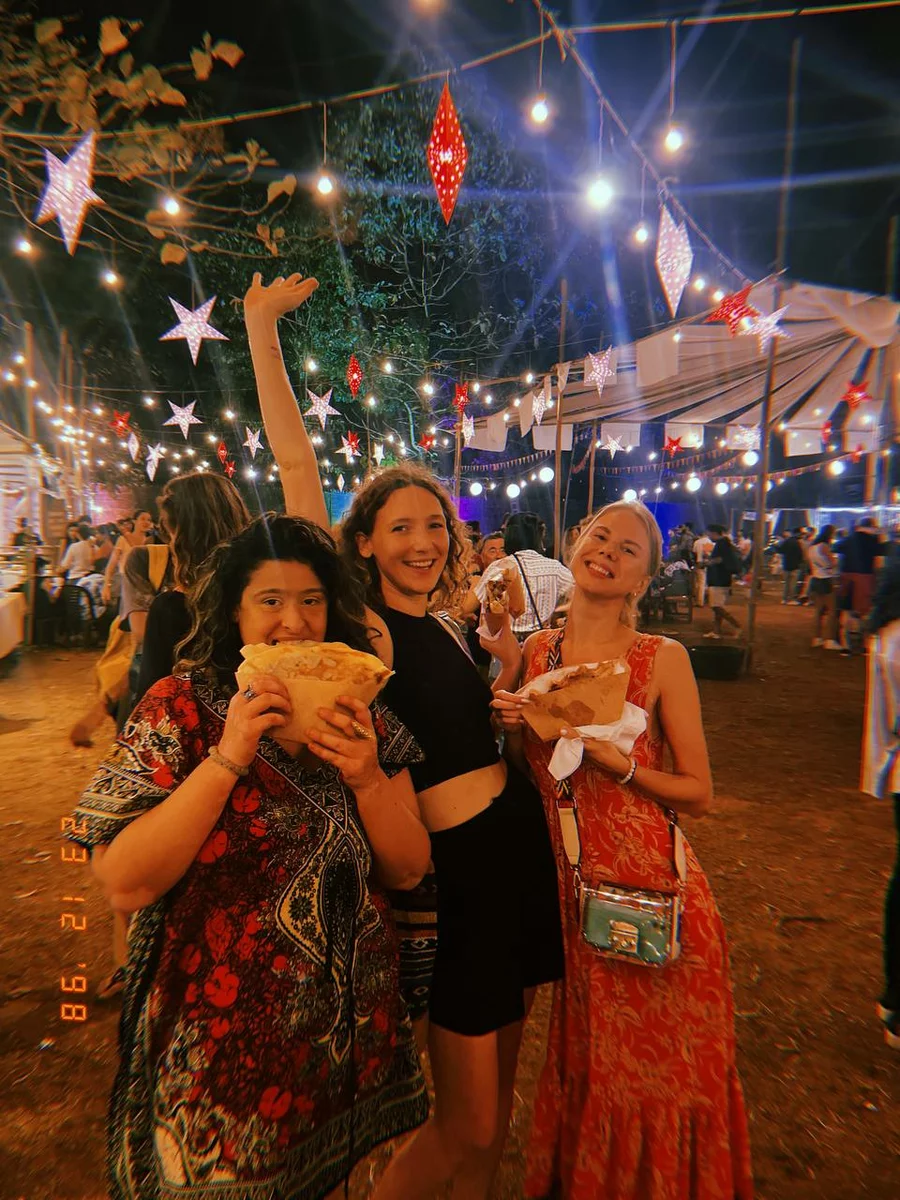
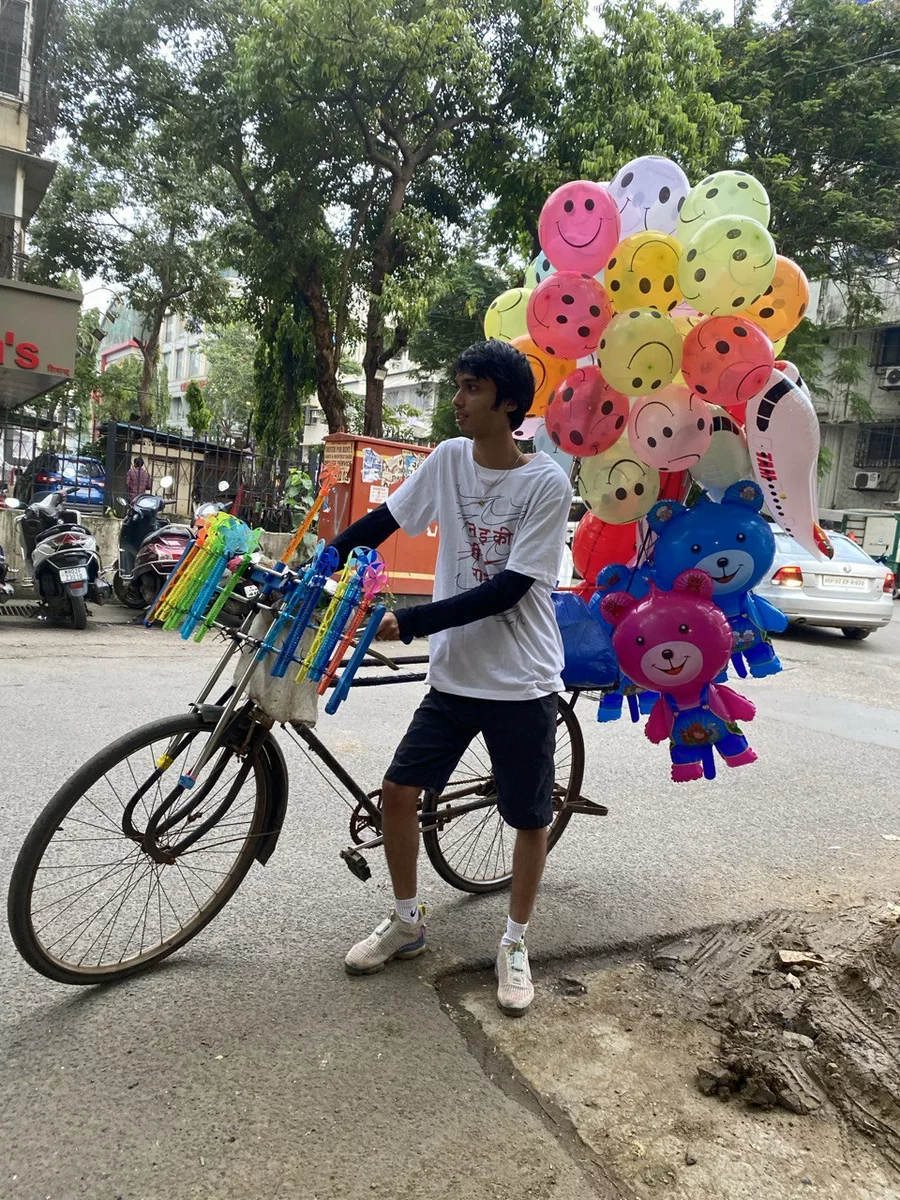
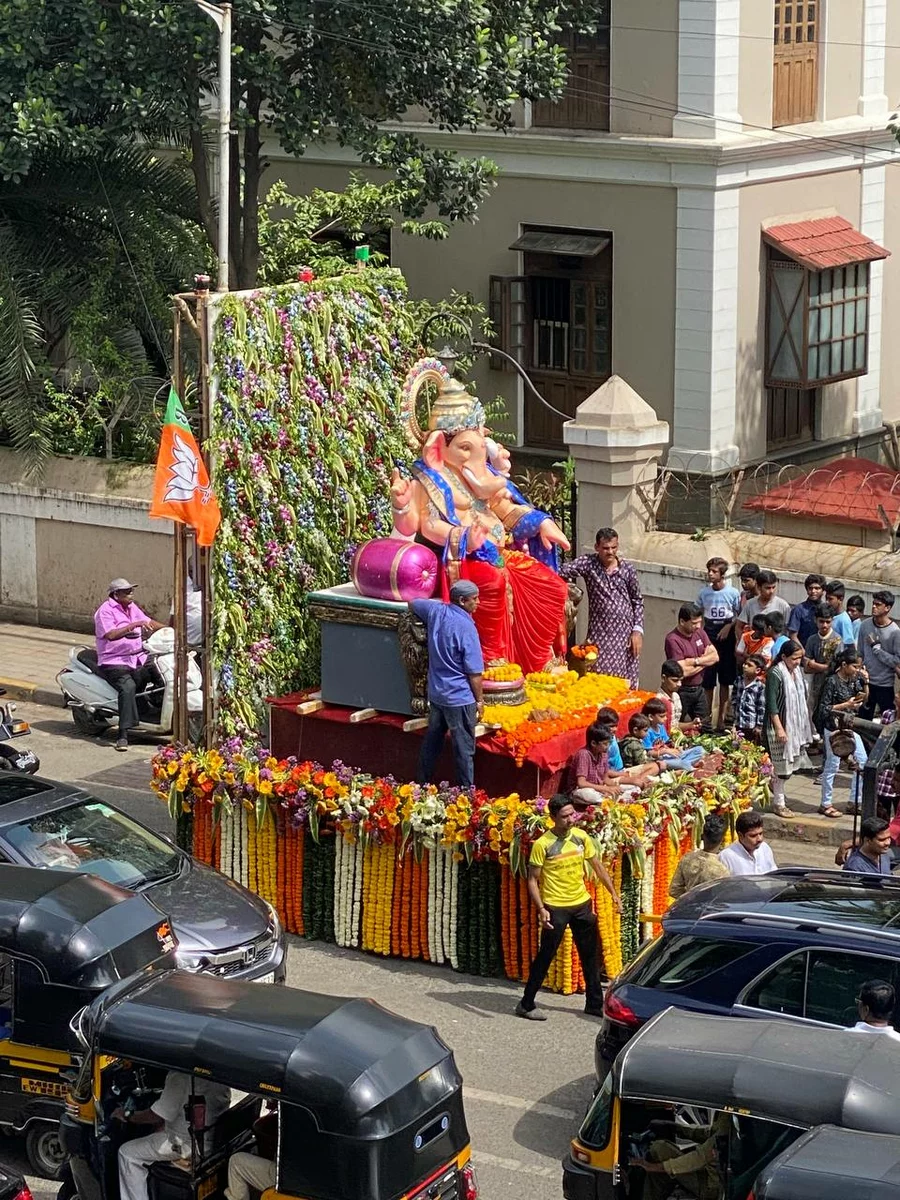
All of Mumbai is now being dug up.
Local prices and calculation system
— In fact, in Mumbai, like in any other big city, you can live on any budget, even the smallest one. In general, to feel comfortable, you should have from 150,000 rupees ($1800) if you live alone, and from 100,000 rupees per person per month if you live in a couple (that is, about $2400 for two). Because a nice studio or one-room apartment in a good area will cost at least 35–45 thousand.
To understand local prices, you need to understand their calculation system. The following notations are used here:
- 1 lakh = 100,000 rupees
- 1 Crore or 100 lakh = 10,000,000 rupees
And nothing between them. This is about the rich and the poor.
About real estate purchase
— All of Mumbai is now being dug up, as a large metro and two bridges are being built here, which should connect the two distant parts of the city by sea. Initially, this city consisted of 7 islands that were not connected to each other.
So in Mumbai there is an old city where many British buildings have been preserved (in fact, everything that you read in Shantaram is here), and on the other side of the river (where the airport is) a completely different life reigns: in the past there were separate islands and villages have turned into districts, some of them quite modern. I also live in one such area, Bandra. A lot of foreigners live in this part of the city, and there are also a lot of different restaurants, cafés, clubs, etc.

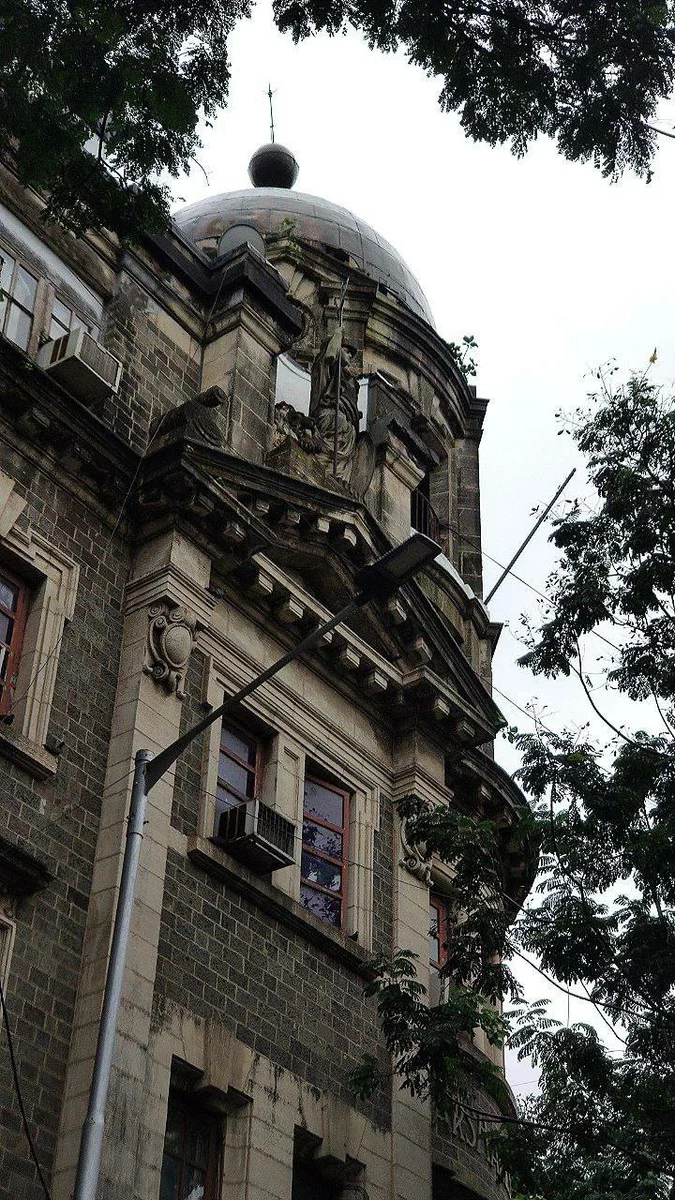
— There is not much space left for real estate in Mumbai — many buildings are already being rebuilt here, old plots are being bought out and built up with high-rise buildings. I notice this in many areas. The structure of this market is interesting, because, basically, the buildings here are not single, but either in the format of several buildings, or one, but fenced.
In good areas, buying an apartment is very expensive. For example, in our area, in Bandra, the cost of a two-room apartment was 4 or three and a half crores (about $482,292.64). I have seen apartments for 30 crores, that is, 30 times 10 million.
At the same time, the apartments here can be incredibly different: from old bungalows to some unrealistic new houses with two-level apartments (and here they are, one might say, half-castles, sometimes with swimming pools inside).
This happens even in buildings that we used to call anthills. Moreover, there is also a division: it will be expensive to buy an apartment on the lowest and highest floors (ground floor and top floor), and on all the rest there will be ordinary apartments with standard layouts.
In general, all the new projects here are very similar to any modern buildings in general. And if this is some kind of luxury house, they hire an event agency to organize various events, yoga days, religious holidays; There are also gyms and concierge service.
By the way, I am often asked where the poor live and where the rich live — so in fact, everyone lives in approximately the same realities, only among the rich, everything is more fenced off.
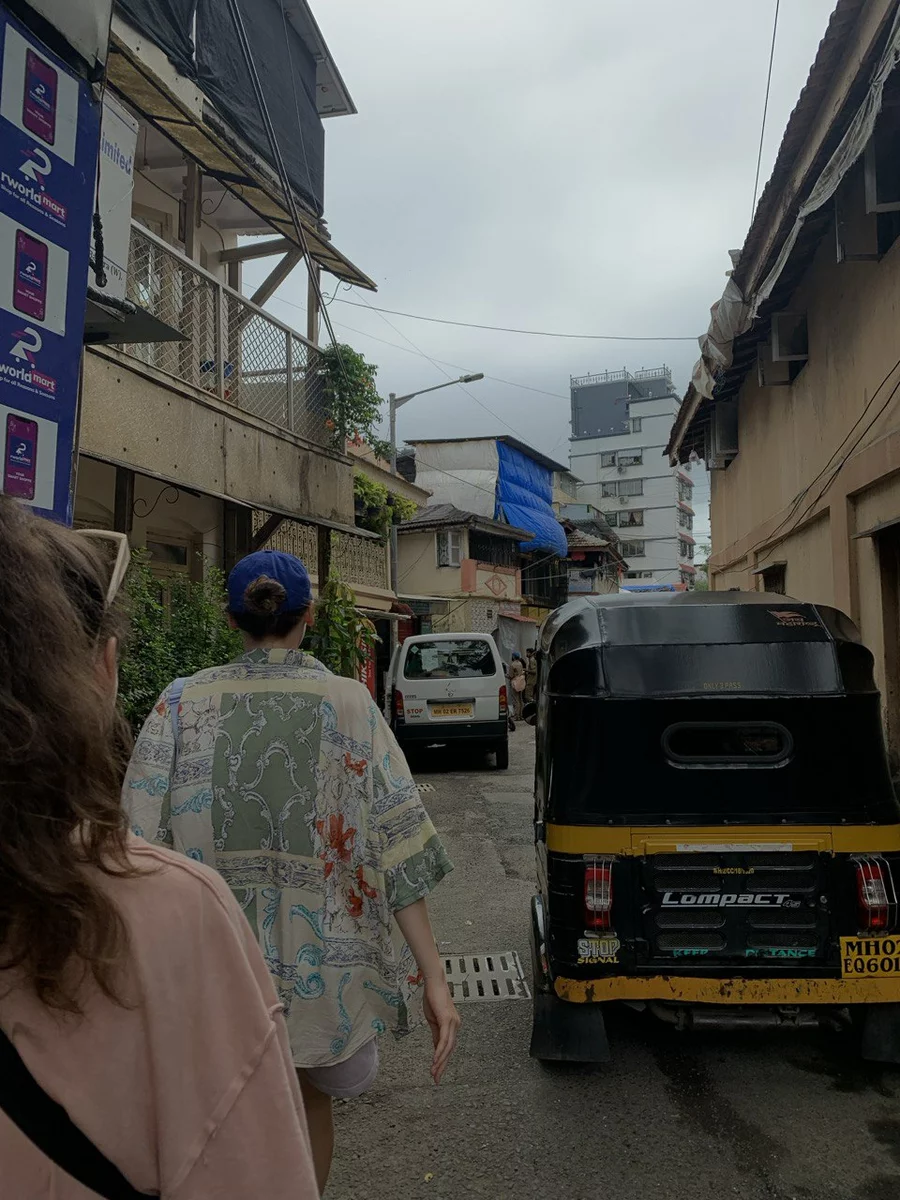

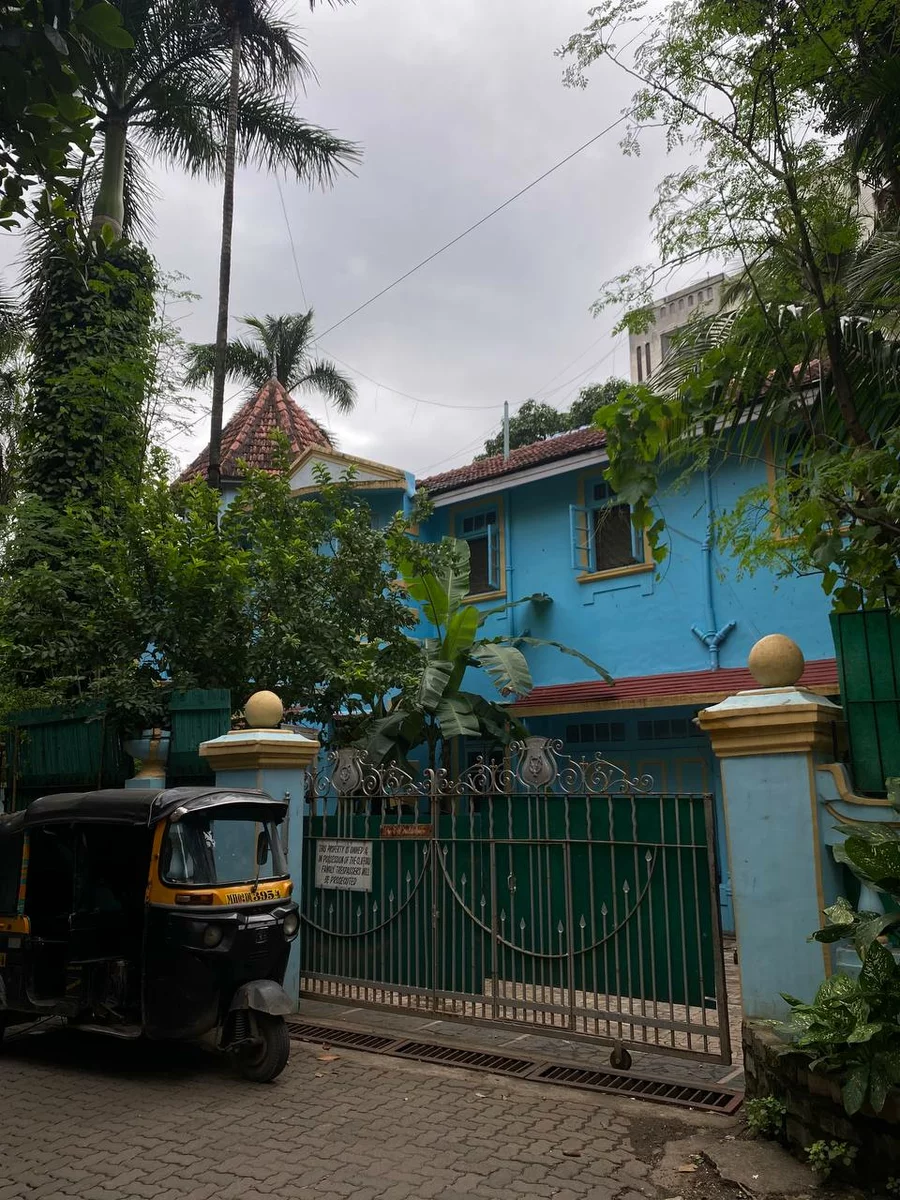
About rentals
— We ourselves will soon need to move, since the owner of our apartment refuses to renew our lease (our lease ends in August) — this is a common practice here. I don’t know yet how we will solve this problem.
With rent, the system here is as follows: first you need to pay the initial insurance premium (it is usually equal to two monthly payments, but it all depends on the owner), then an agreement is signed, and then you can move in. Sometimes they can also request an arbitrary amount for unknown purposes.
Now I live with a family who rents a two-room apartment with a terrace for 65 thousand rupees. The same good options that I see now in our area already cost from 100 thousand per month. Of course, this is noticeably more.
There are realtors here, and no matter if you want or not, renting a house without them is almost impossible: the problem is that housing search sites are filled exclusively with realtor advertisements — there are simply none from the owners. Therefore, many people are looking for housing simply by word of mouth.
It took me 2 years to roughly navigate the names of the products.
About everyday life, medicine, and education
— Real life in Mumbai is the same life as anywhere else, it just adds a lot of noise. Plus, all sorts of bureaucratic issues are slowly being resolved.
In terms of everyday life, everything is different here, of course. Due to the heat, air conditioning is everywhere here, and during the hot months, electricity bills increase significantly. For example, in normal times we pay approximately 2000-3000 rupees (25-35 dollars), and in the hottest month, October, we pay 6800.
There is also different food and ingredients. I lived here for a year and a half and bought yogurt for 150–200 rupees (about $2–2.5). And then I found out that there is a local yogurt, Dahi, which costs 10 rupees! They are absolutely the same, but the difference is that this yogurt is locally produced, and those are imported.
It took me 2 years to even roughly understand the names of the products and what I liked about it and what I didn’t.
The infrastructure of most authorities also leaves much to be desired, to put it mildly. It’s generally scary to be in public clinics. But there are, for example, Catholic hospitals that are quite good with average prices. And there are, of course, super expensive clinics that literally look like the Taj Mahal — one appointment costs at least 60 thousand rupees (~$720).
The situation with education here is also so-so. There are, of course, public schools, but firstly, the quality suffers there, and secondly, it will be free only up to the 9th grade — you will have to pay to complete grades 10–12.
Education in private schools costs at least 200–300 thousand rupees per year.
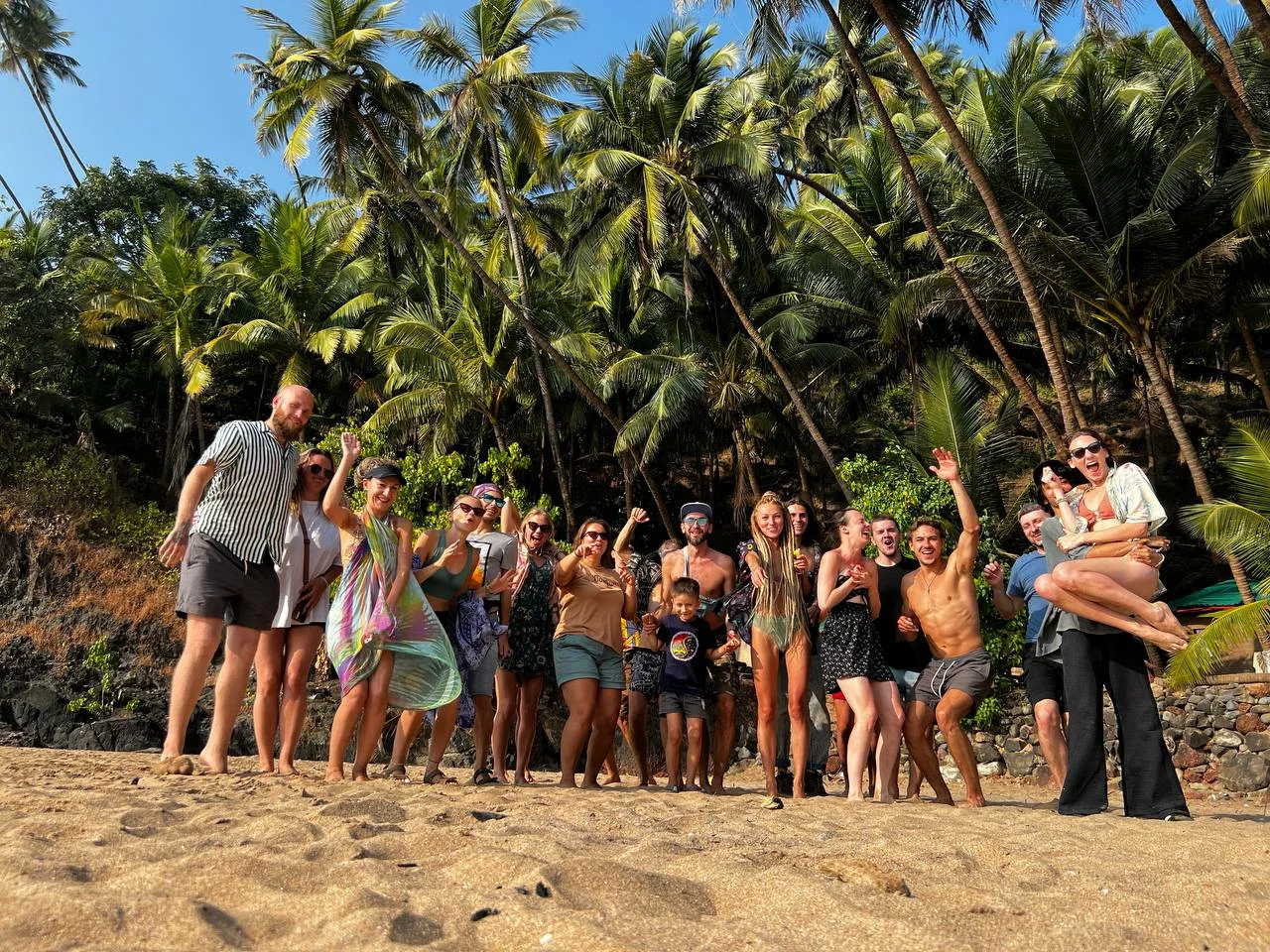
Favorite places in the city
— I rarely leave my house in Mumbai, primarily because of the heat. But there are events and places that I like to visit.
For example, horse racing and horse polo are still held in India — in Mumbai the venue is called Mahalakshmi Race Course. I love going there because I love spending time with horses. There are also a lot of different hangouts for dog owners, a lot of spas and groomers - these, I must admit, are my favorite hangouts.
Good parties take place at Socials (this chain of establishments) and at the antiSOCIAL club. There is also a wonderful bar called Bonobo.
I also have several other favorite cafes, for example, SUBKO, Boojee, Veronica.
I also like to go swimming at the Otters club pool. - iconic sports facility overlooking the sea.


— I would compare Mumbai to New York: incredibly expensive real estate, rats constantly running around and cultural life in full swing. Well, it’s just like New York, honestly.
In general, I stay here only because of love, really. And I really miss my homeland.



Do you want to share your personal experience of relocating and living in another country? Email us at info@realting.com. We will be happy to tell your story.
Author
I am responsible for editorial work. I write expert interviews and guides.























